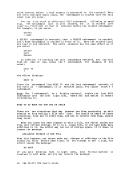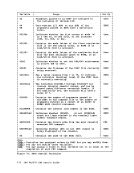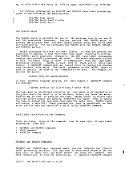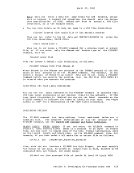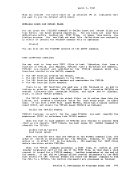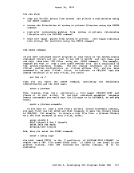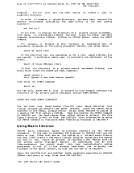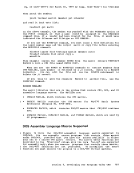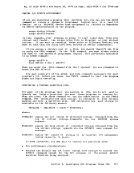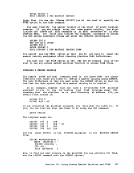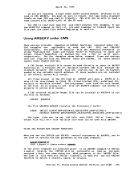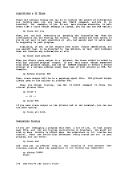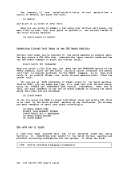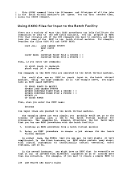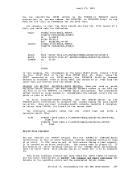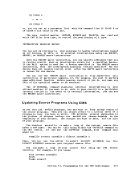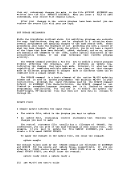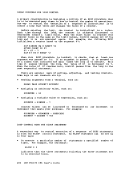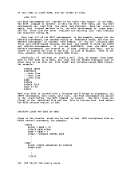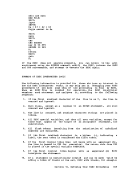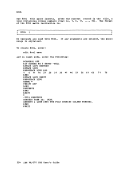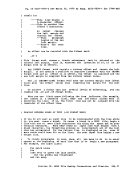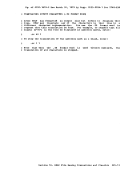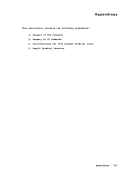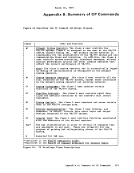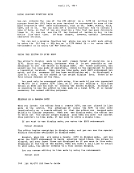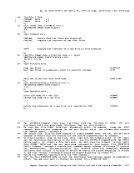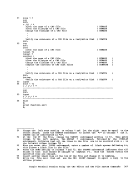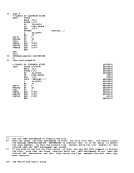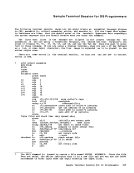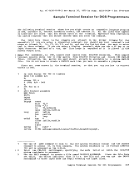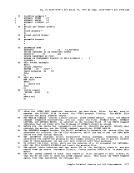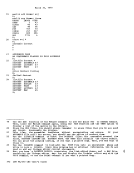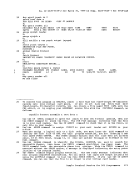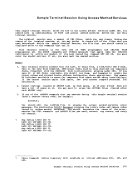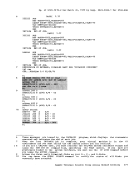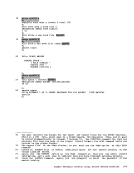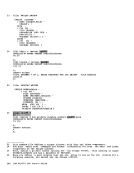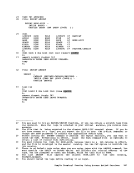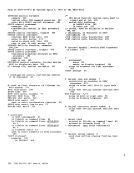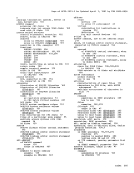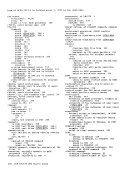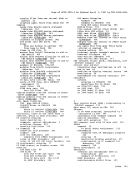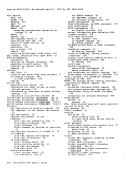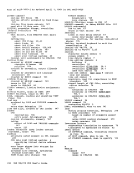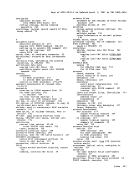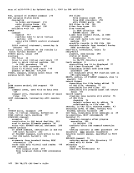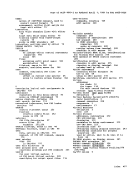Then, you can use the PUNCH command to punch virtual card images:
punch acct records
The fileACCT RECORDS is spooled to the userid MICKEY's virtual card
reader. If theCMS file you are transferring does not have fixed
length,80-character (card image) records, you can use the command:
disk dump acct records
TheCMS TAPE command allows you to dump CMS files onto tape, or to
restore previously dumped files:
tape dump archive file
tape load archive fileVM/370 also provides a special utility program, DASD Dump Restore,
that allows you to dump the entire contents of your virtual disk onto a
tape and then later restore it to a disk.You might use this program,
invoked by the DDR command in CMS, to back up your data files before
using them to test a new program.COMMANDS TO PRINT AND PUNCH FILES
The commands that you use most often to print and punchCMS files are
the commandsPRINT and PUNCH. For example:
print myprog listing
prints the contents of the LISTING file on the system printer, and:
punch myprog assemble
punches the assembler language source statement file onto cards.You can also punch members of MACLIBs and TXTLIBs: punch cmslib maclib (member fscb
SomeCMS commands have a PRINT option, so that instead of having some
kinds of output displayed at your terminal or placed in a disk file, you
can request to have it printed on the real system printer. For example,
if you want a list of the contents of a macro library to print, you
could issue the command:
maclib map mylib (printYou can see the contents of a file displayed at your terminal by
using theTYPE command:
type week3 reportYou can specify, on the TYPE command, that you want to see only some
specific records in this file:
type week3 report a 120 34 IBM VM/370 eMS User's Guide
punch acct records
The file
reader. If the
length,
disk dump acct records
The
restore previously dumped files:
tape dump archive file
tape load archive file
that allows you to dump the entire contents of your virtual disk onto a
tape and then later restore it to a disk.
invoked by the DDR command in CMS, to back up your data files before
using them to test a new program.
The commands that you use most often to print and punch
the commands
print myprog listing
prints the contents of the LISTING file on the system printer, and:
punch myprog assemble
punches the assembler language source statement file onto cards.
Some
kinds of output displayed at your terminal or placed in a disk file, you
can request to have it printed on the real system printer. For example,
if you want a list of the contents of a macro library to print, you
could issue the command:
maclib map mylib (print
using the
type week3 report
specific records in this file:
type week3 report a 1

























































































































